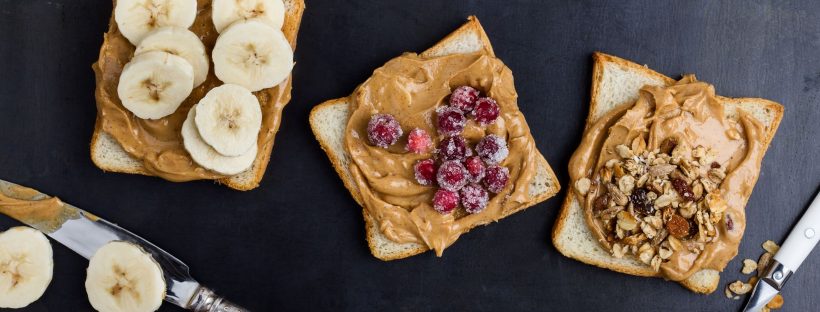Does an apple a day REALLY keep the doctor away? A 2015 study published in JAMA Internal Medicine was unable to show that eating an apple every day has any impact on the need to visit the doctor. But fear not apple lovers! Even though apples may not keep the doctor away, they do have a long list of health benefits, as documented online by the Harvard School of Public Health. And that’s great news since it’s apple picking season in upstate New York!
How do apples help us maintain health?
According to the Harvard School of Public Health,
- Apples multitask as they are high in nutrients, versatile, easy to eat and good for us.
- Apples lower our risk of cancer, hypertension, diabetes, heart disease, Alzheimer’s, metabolic syndrome, and help with brain function and memory.
- They contain antioxidants, fiber and are a calorie bargain.
- Apple picking is a fun, fresh air activity!
Adults need about two servings of fruit per day, according to ChooseMyPlate.gov. A medium apple is one serving of fruit. Many apples are larger than that. That’s okay, but do keep in mind that moderation, portion control, and variety are important.
Therefore, don’t make apples the only fruit you eat. Even though they are a powerhouse for nutrition, they don’t meet all of our nutritional needs. Variety in the diet helps to give us the variety of nutrients that are important.
How do you like them apples?
There are so many fun serving ideas or recipes involving apples. Although apple pie is not quite the fruit delivery system I had in mind, a small piece occasionally can be enjoyed.
Apples are versatile at all meals and snacks, starting with breakfast on oatmeal or pancakes.
Here are some other ideas:
- Add apples to a tossed salad or coleslaw.
- Add to a winter squash soup or on a grilled turkey and cheese sandwich.
- Have roasted apples and chicken or pork.
- Make an apple crisp with whole wheat flour, oats and walnuts.
- Limit apple juice or cider. You are better off to eat whole fruit and let your body turn it into juice.
The healthiest apple is one that you enjoy, whether it’s tart or sweet. And they’re a great snack to have every day, even if they don’t really keep the doctor away!
Apple Salsa
Ingredients:
- 2 cups diced unpeeled apples
- 1/2 cup diced green, yellow or red bell pepper
- 1 jalapeño pepper, seeded and minced
- 1/3 cup fresh lime juice
- 1/4 cup diced scallions
- 1 garlic clove minced
- 2 T minced fresh cilantro
- 2 T minced fresh parsley
- 1 tablespoon honey
- 1/4 teaspoon salt
- 1/4 teaspoon freshly ground black pepper
Preparation: Combine all ingredients, stirring well.
Serve with baked tortilla chips or roasted sweet potatoes, pork or chicken.















